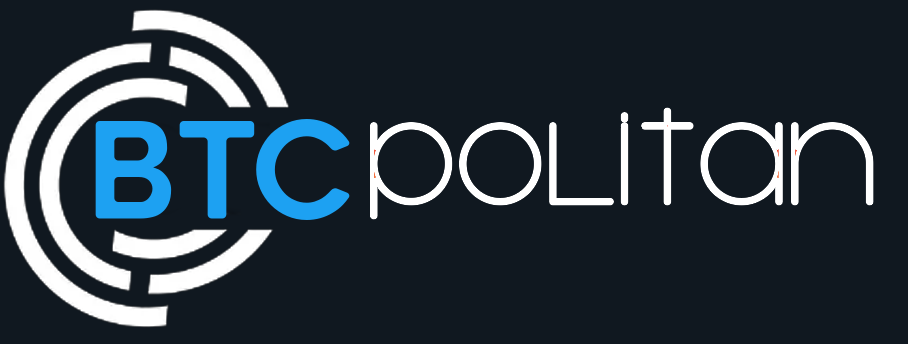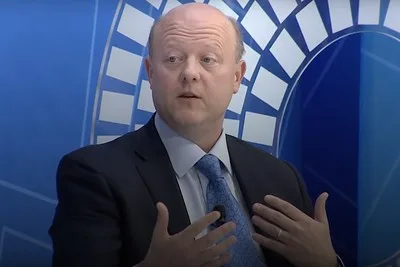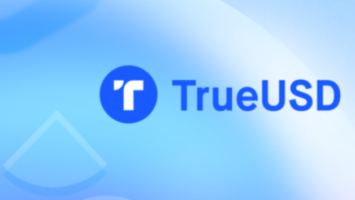The cryptocurrency industry has undergone significant changes and challenges in recent years, but it is also moving closer to its original goal of connecting the traditional and the digital worlds of finance. This is the main message that Jeremy Allaire, the CEO of Circle, a leading company in the stablecoin sector, shared in an interview with Bloomberg.
According to Allaire, the idea behind cryptocurrency was to use blockchain technology to create a new way of moving money and accessing financial services across the globe. This would enable more efficiency, transparency, and inclusion in the global economy.
However, achieving this vision requires integrating the existing financial systems with the emerging blockchain technology. Allaire said that this integration is happening now, and it is evident in the increasing involvement of institutional players in the crypto market.
One of the most notable examples of this trend is the recent approval of a Bitcoin exchange-traded fund (ETF) by the U.S. Securities and Exchange Commission (SEC). Allaire said that this development marks a major milestone for the industry, as it shows that crypto assets are becoming more mainstream and regulated.
Allaire also pointed out that many of the major financial institutions, such as banks, payment companies, and asset managers, have entered the crypto space or expressed their interest in doing so. He said that this signals that crypto is not a separate or isolated phenomenon, but rather an integral part of the global financial system.
Stablecoins: The Killer Application Of Blockchain
Allaire also discussed the role of stablecoins, which are cryptocurrencies that are pegged to a fiat currency or another asset, such as the U.S. dollar or gold. He said that stablecoins are the “killer application” of blockchain technology today, as they enable the use of crypto in various domains and scenarios.
Allaire is the CEO of Circle, which is the co-creator of USDC, one of the most popular and widely used stablecoins in the market. In the past year, he reported significant growth in USDC, with its circulation surpassing $40 billion and transactions exceeding $1 trillion.
He additionally mentioned that various purposes drive the utilization of USDC, including international remittances, fintech innovation, payment solutions, and financial inclusion. Furthermore, he highlighted the adoption of USDC by numerous financial companies like Visa, Mastercard, Fidelity, and Coinbase.
Tether: The Controversial Stablecoin
Another stablecoin that has been in the spotlight recently is Tether, or USDT, which is the largest and oldest stablecoin in the market. Tether has faced a lot of scrutiny and criticism over the years, due to its lack of transparency and accountability regarding its reserves and operations.
However, in a separate interview with Bloomberg, Howard Lutnick, the CEO of Cantor Fitzgerald LP, a global financial services firm, said that his company has verified that Tether has the assets it claims to have to back its USDT stablecoin.
Lutnick said that Cantor Fitzgerald manages a large portion of Tether’s assets, which amounted to about $86 billion at the end of June, compared to about $83 billion of USDT in circulation. He said that Tether has the money it says it has, and that there is no reason to doubt its legitimacy.
On the other hand, a recent report by the United Nations Office on Drugs and Crime (UNODC) identified USDT as a common tool for money laundering and illicit transactions. The report said that USDT is used by criminals to evade sanctions, hide funds, and facilitate illegal activities.
In response, Tether issued a statement saying that it is committed to working with law enforcement and regulators to combat the misuse of cryptocurrency. It also said that it has implemented various measures to prevent and detect criminal activity on its platform.
Related Reading | Bitcoin Slides Below Key Average, Sparks Correction Worries
Furthermore, the author’s views are for reference only and shall not constitute investment advice. Before purchasing, please ensure you fully understand and assess the products and associated risks.




Comments (No)